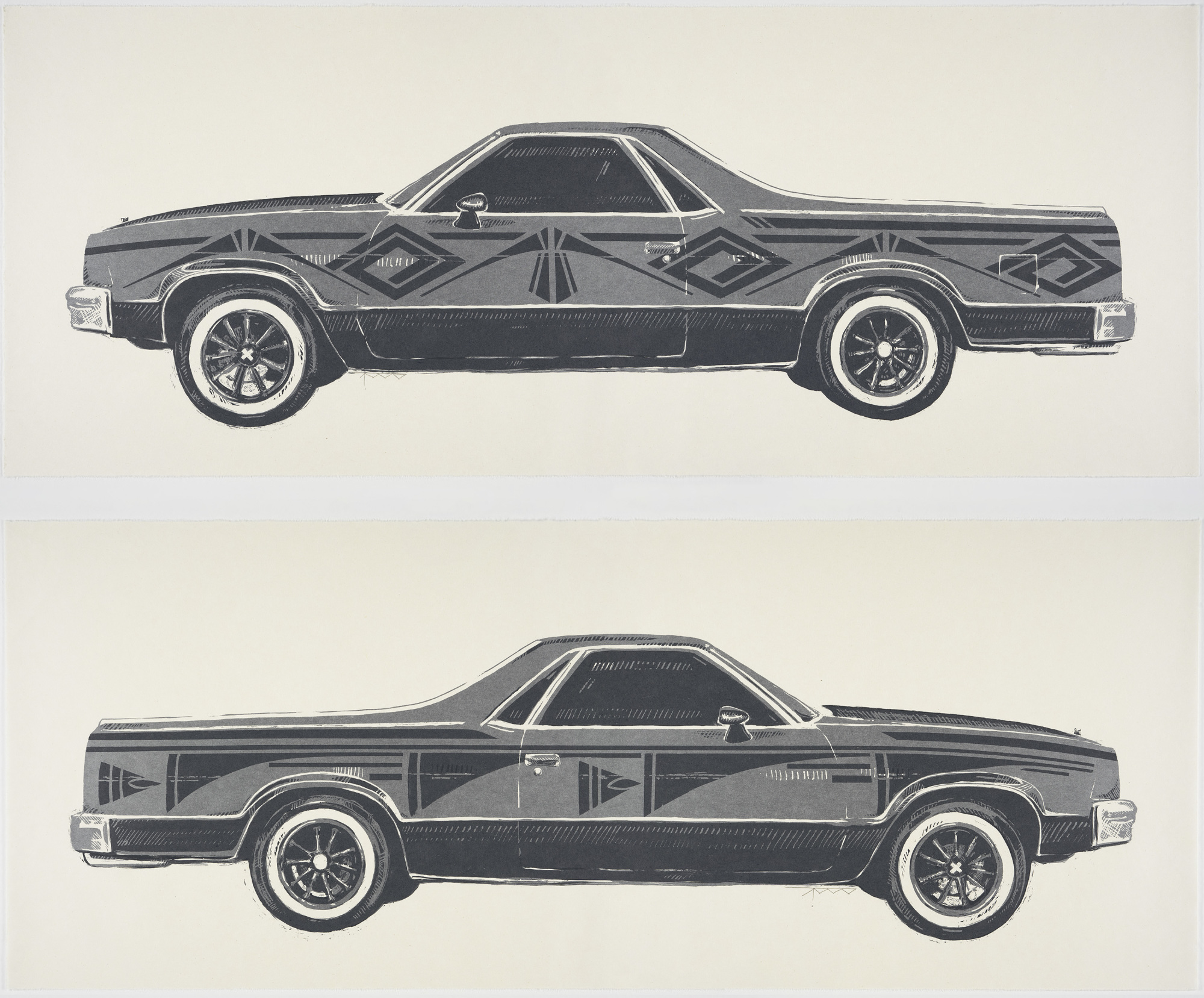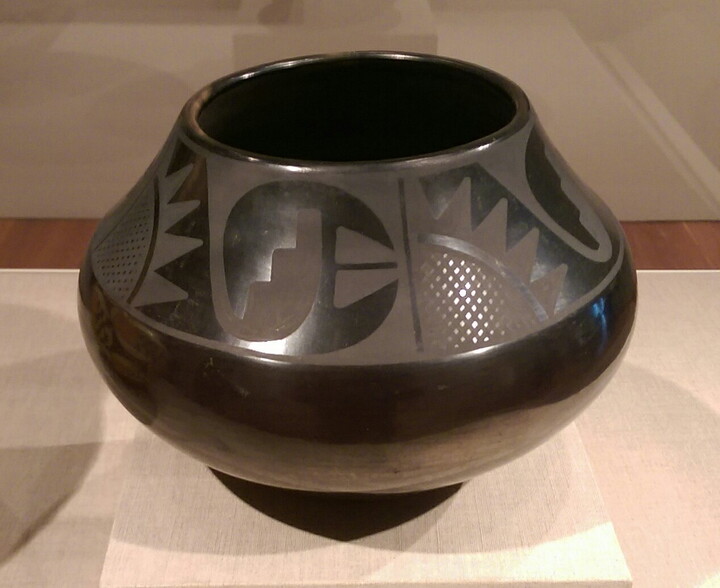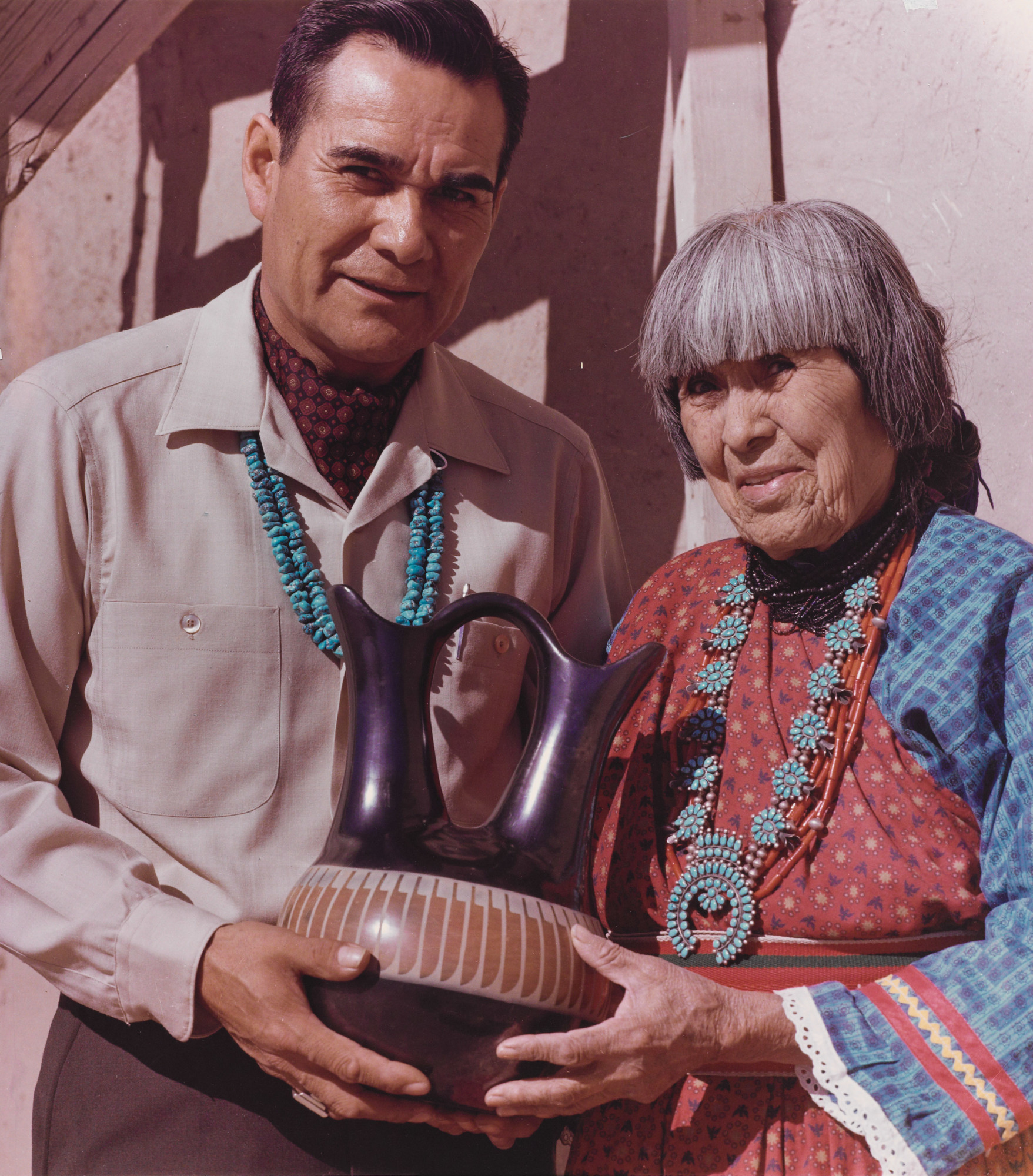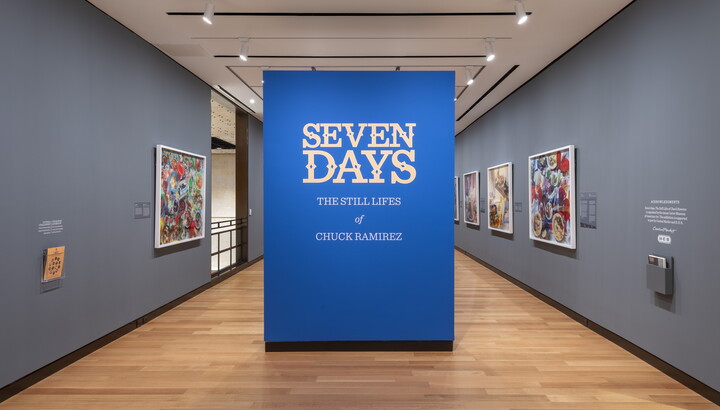The Carter Blog
Carter ARTicles
Lowrider with pottery: craft and resistance
Nov 19, 2025
As a Carter Community teacher bringing the Museum’s art into neighborhoods across Fort Worth, I once attended a lowrider rally called “Dreaming the Cure,” a fundraiser for Cook Children’s Hospital. Working at a table with an art-making activity, I took a break to check out the cars. Whether vintage or modern, finished with nail-polish red or Southwestern turquoise, their fenders and wheels were blinding in the sun. I asked an owner when the big race would begin. He corrected me: "It’s a rally, not a race.” Clearly, I was a novice.
A rally, or show, is a shared cultural experience particularly in the Mexican American community. It’s a way to display the cars that have been painstakingly reconstructed with fancy hydraulics so they can jump, in addition to cruising and showing off their aesthetics. I saw lowriders tipped on their sides and driven on two wheels while others hopped like kangaroos. Meanwhile, afficionados clustered around vehicles swapping stories.
Back at the Carter, it was no wonder that I was excited to see Maria, a large lithograph of a 1985 Chevrolet El Camino lowrider by Indigenous Tewa artist Rose B. Simpson (b. 1983). Featuring both sides of the sleek car, each with geometric motifs, the print depicts an actual lowrider that Simpson refurbished herself. The motifs carry deeper meaning, referencing the black-on-black pottery of Maria Martinez, the celebrated Tewa potter from the New Mexican pueblo of San Ildefonso, near Simpson’s pueblo of Santa Clara.
About her lowrider, Simpson comments,
“Her paint is simultaneously reflective and matte, translating dimensions—the landscape that she journeys through is painted in light on the dark gloss of her body. . . . She is power, she is a nurturer, she has a job to do. She is a Tewa woman.”
Although both the artist and the car can be referred to as "lowriders," neither reflects the typical identity of this specific medium.
As a mixed-media artist, Simpson works with ceramic sculpture, metal, custom cars, and more. She is also a nonfiction writer. She traces her ancestry to manifold generations of female artists, including her mother, the renowned sculptor Roxanne Swentzell. Simpson holds an MFA in Ceramics from Rhode Island School of Design, an MFA in Creative Non-Fiction from the Institute of American Indian Arts, and a certificate in automotive science from Northern New Mexico College. She was the only woman in that program.
And what of Maria Martinez (1887–1980), the car’s namesake? As one of the most skilled potters in history, she and her husband, Julian (and later her son, Popovi Da), created a process for making the black-on-black pottery of their ancestors using 800-year-old black sherds as models. Through painstaking experimentation, they discovered that smothering the fire in the firing process with powdered horse and sheep manure produced shiny, black pottery. When they applied a clay and water slip in areas before firing, a matte finish resulted afterward. The shiny and matte black of Simpson’s lowrider mirror Martinez’s black-on-black pottery.
As a mixed-race Indigenous artist, Simpson grew up just five miles away from the town of Española, both a hub of Latino culture and the lowrider capital of the world. Simpson has observed, “Cars build identity and create empowerment in disenfranchised peoples,” but she dislikes the sexualized images of women draped across them. Simpson’s work straddles both the Mexican American and the Tewa/Pueblo communities, reflecting the layered geography and culture of the Southwest. In so doing, she infuses some of the Pueblo matriarchal culture into the predominantly male lowrider culture. She notes, “Maria . . . push[es] against western notions of gender, she complicates the dynamics of gender and power in reference to machismo car culture. . . .”
As an auto mechanic, driver, artist, and resurrector of the Tewa pottery tradition, Simpson resists and challenges the lowrider’s typical definitions. Meanwhile, she has built Bosque, a 1964 Buick Riviera painted in traditional Tewa polychrome of cream, cayenne, and black. While Bosque is currently on view alongside Maria at San Fransico’s de Young Museum, Simpson’s lithograph is a more practical rendition for the Carter’s collection!







